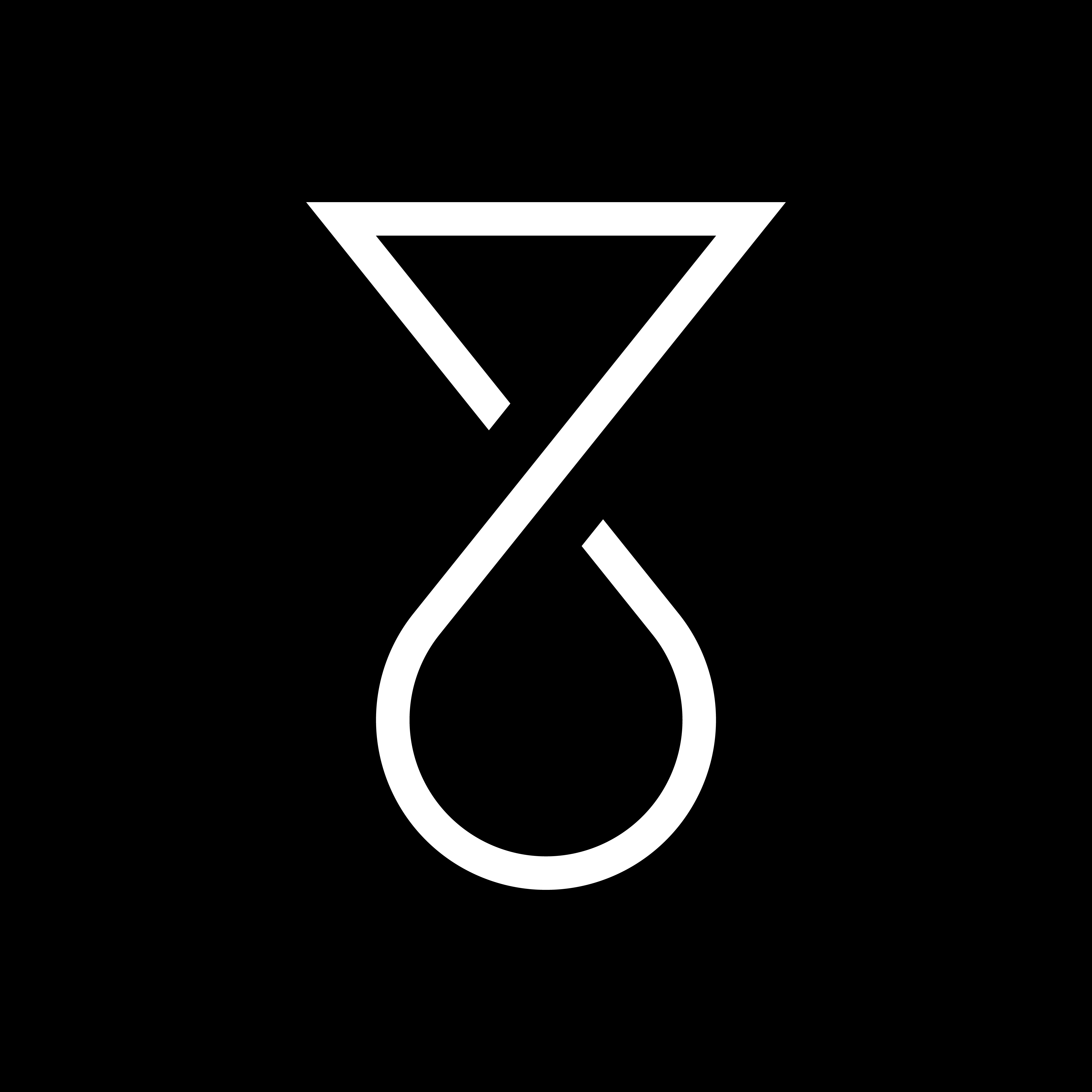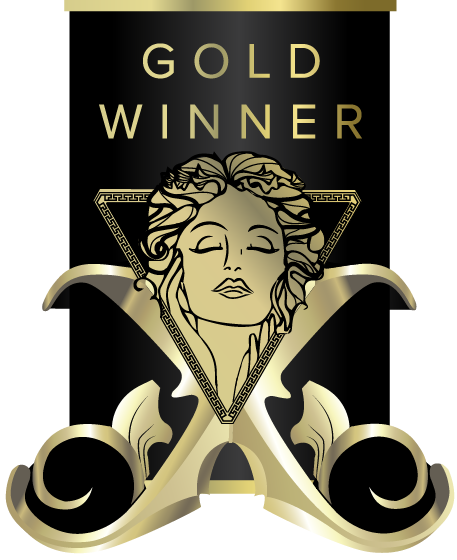
Interview
Aliberk Senbas
1 Congratulations on winning the MUSE Design Awards! Can you introduce yourself and share about what inspired you to pursue design as a career?
Thank you! I’m Aliberk Senbas, a designer working across fashion, architecture, and artificial intelligence. My path into design has always been about curiosity—how we build meaning through form, image, and system. I studied architecture at SCI-Arc and Princeton, where I was drawn to computational design and speculative thinking. Over time, I became more interested in fashion as a medium that’s intimately connected to identity, transformation, and narrative. What inspires me is the chance to explore the unknown—especially by treating design as a conversation between human and non-human intelligence. That’s what led to Formzee, a research project that asks what it means to design with AI not as a tool, but as a generative counterpart.
2 What does being recognized in the MUSE Design Awards mean to you?
Being recognized by the MUSE Design Awards is incredibly meaningful. It affirms that experimental and cross-disciplinary work has a place in the global design discourse. It shows that ideas once considered fringe—like AI as a co-author in the creative process—are now being taken seriously in mainstream design conversations. For me, it’s also a moment of reflection and encouragement. It reinforces the value of research-led, speculative practice, and motivates me to keep challenging boundaries—between media, disciplines, and intelligences.
3 How has this achievement impacted your career, team, or agency, and what opportunities has it brought so far?
This recognition has significantly expanded the reach of my design research. It has sparked meaningful dialogue with curators, institutions, and fellow researchers exploring the intersections of art, technology, and fashion. For a project like Formzee—rooted in experimentation and critical inquiry—this kind of visibility is incredibly valuable. Although I work independently, the award has opened up new opportunities for collaboration and invitations to share the research more broadly. It’s encouraged me to keep exploring how we might reshape creative authorship through human–AI collaboration—without needing to frame the work as commercial or product-driven.
4 What role does experimentation play in your creative process? Can you share an example?
Experimentation is absolutely central to my creative process—it’s where the work begins. I treat design less as problem-solving and more as inquiry: a way to test questions about perception, material, and intelligence. Especially in a research project like Formzee, experimentation isn’t just a phase—it’s the method. One example is how I train custom AI models on curated datasets that blend historical costume, speculative fashion, architecture, and organic forms. These models don’t generate final products—they generate starting points, provocations. I then intervene manually, digitally, and sometimes physically, layering interpretations until the form begins to feel like something new. That process often reveals silhouettes or narrative potentials I could never have planned in advance. To me, experimentation isn’t about novelty for its own sake—it’s about discovering unfamiliar logics, and making space for surprise, ambiguity, and even failure within the design process.
5 What's the most unusual source of inspiration you've ever drawn from for a project?
One of the most unusual sources of inspiration I’ve explored is ancient timekeeping systems—like lunar calendars and shadow clocks. I became fascinated by how different civilizations encoded their perception of time into form, space, and ritual. That led me to ask: What would fashion look like if it were designed around ecological or planetary rhythms instead of commercial cycles? That idea evolved into a series of AI-generated garments visualizing alternative temporal logics—shapes that expand, contract, or shift symbolically to reflect time passing in non-linear ways. It was less about clothing as utility, and more about proposing a new relationship between the body, the environment, and the invisible structures we live by. Inspiration often comes from outside expected domains—science, mythology, failed prototypes—and becomes most valuable when it pushes the work in unexpected directions.
6 What’s one thing you wish more people understood about the design process?
I wish more people understood that the design process isn’t linear—and it’s not always about solving a problem. Especially in experimental or research-based work, design is often about asking better questions, not rushing to answers. It involves detours, contradictions, and moments of uncertainty that are essential to discovering something new. In my own process—particularly with AI-assisted design—I’ve learned that embracing ambiguity often leads to richer outcomes. Sometimes, the most meaningful work emerges from failed experiments, strange outputs, or fragments that resist interpretation. That’s where imagination comes in. Design isn’t just about function or aesthetics—it’s about constructing meaning, navigating systems, and shaping the invisible forces that influence how we live and express ourselves.
7 How do you navigate the balance between meeting client expectations and staying true to your ideas?
Since my work is rooted in independent research rather than client-based design, the “expectations” I navigate are often conceptual or cultural rather than commercial. That said, there’s still a balance—between clarity and ambiguity, accessibility and provocation. I try to stay true to the questions at the heart of the work: What does it mean to design with intelligence? How do form and meaning evolve when machines participate in creativity? Those questions guide every decision, even as I consider how the work might be received by different audiences—whether curators, fellow researchers, or the broader public. Ultimately, I believe it’s possible to honor your core vision while remaining open to reinterpretation. The key is to treat feedback as part of the dialogue, not the destination.
8 What were the challenges you faced while working on your award-winning design, and how did you overcome them?
One of the biggest challenges was navigating the unpredictability of working with AI as a creative partner. When you train your own models—as I did for Formzee—you’re constantly managing instability, surprise, and even failure. Outputs can be generative and poetic one moment, then incoherent or redundant the next. The challenge was learning to treat that volatility not as a limitation, but as material. Another challenge was resisting the urge to over-explain the work. When you're doing something unfamiliar—like using machine-generated forms to explore post-human fashion—there’s pressure to make it digestible. But I realized that ambiguity is part of the power. I overcame that by trusting the visual language of the project, letting the forms speak for themselves, and grounding them in a clear conceptual framework. In the end, every challenge became part of the method—shaping the direction, tone, and integrity of the work.
9 How do you recharge your creativity when you hit a creative block?
When I hit a creative block, I usually step away from design entirely and look for structure in something unrelated—like music theory, mythology, or planetary systems. I find that immersing myself in unfamiliar logics helps reset my perception and loosen the grip of expectation. Sometimes I also revisit my own image archives—not to reuse, but to re-encounter forgotten fragments. There’s something powerful about seeing your past work through the lens of the present, noticing what you missed or misunderstood at the time. Often, the block isn’t a sign of emptiness—it’s a sign that something deeper is forming. I’ve learned to let stillness be part of the process. Not every phase needs to be productive. Some of the most meaningful ideas surface when you stop trying to force them.
10 What personal values or experiences do you infuse into your designs?
My designs are deeply rooted in a sense of duality—between structure and emotion, logic and fantasy, human and machine. That tension comes from my own background: growing up between cultures, studying architecture in experimental environments like SCI-Arc and Princeton, and constantly questioning the boundaries of identity, material, and authorship. I’m drawn to transformation—not just visually, but conceptually. I infuse my work with themes like metamorphosis, temporal shifts, and symbolic storytelling. There’s also a persistent desire to challenge permanence—to create artifacts that feel in motion, in flux—much like we are. At a values level, I believe in curiosity over certainty, process over product, and collaboration over control. Even when working with AI, I try to preserve a sense of open-endedness—design as dialogue, not dominance.
11 What is an advice that you would you give to aspiring designers aiming for success?
Don’t design to fit in—design to find out. Success in design doesn’t come from chasing trends or approval; it comes from developing a deep, personal question that drives your work. Let your curiosity lead, even if it takes you into strange or unfamiliar territory. Experiment relentlessly. Document everything. And remember: your process is your signature. Especially now, with tools like AI widely accessible, what sets you apart is not what you use, but how you think. Also, protect your sense of wonder. It’s easy to get disillusioned by speed, comparison, or the pressure to commodify everything. Stay close to what moves you—and build from there.
12 If you could collaborate with any designer, past or present, who would it be and why?
If I could collaborate with any designer, it would probably be Alexander McQueen. Not just for his technical brilliance or theatrical vision, but because he treated fashion as a medium for storytelling, mourning, and metamorphosis. His work wasn’t about clothing—it was about myth, memory, and emotional architecture. I think a collaboration would be less about merging styles and more about fusing our approaches to narrative. I’m interested in how intelligence—human and artificial—can reshape authorship, while he explored the extremes of the human condition through form and spectacle. That tension between the post-human and the deeply personal could create something both haunting and transformative.


